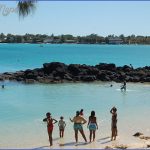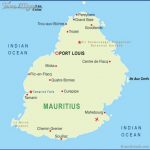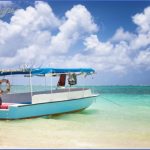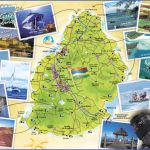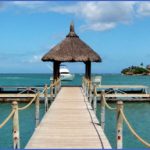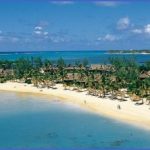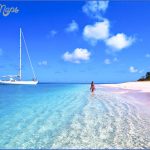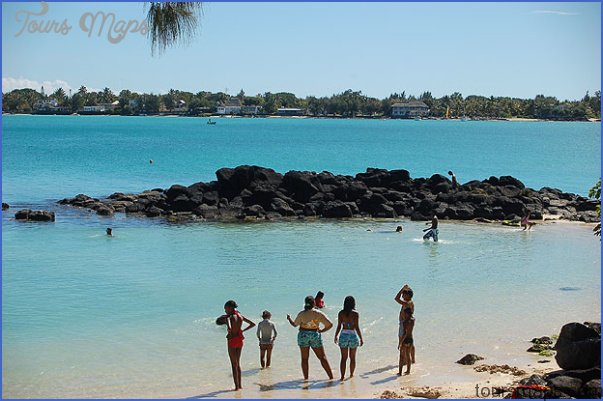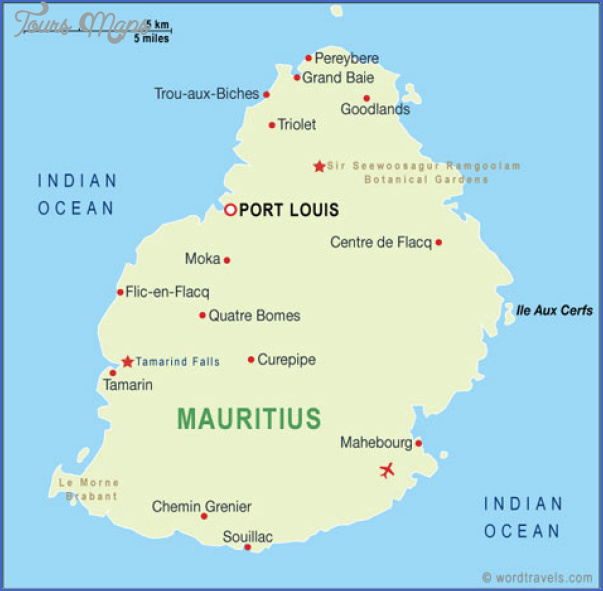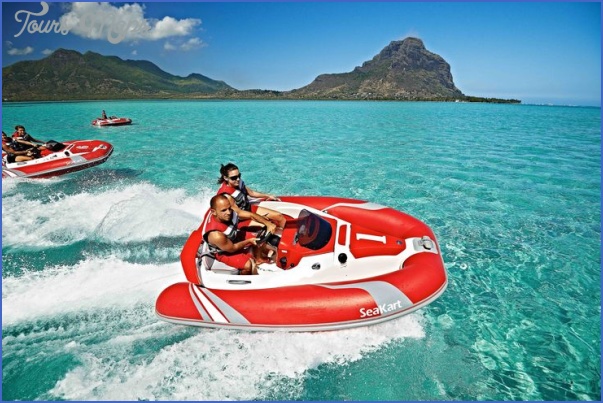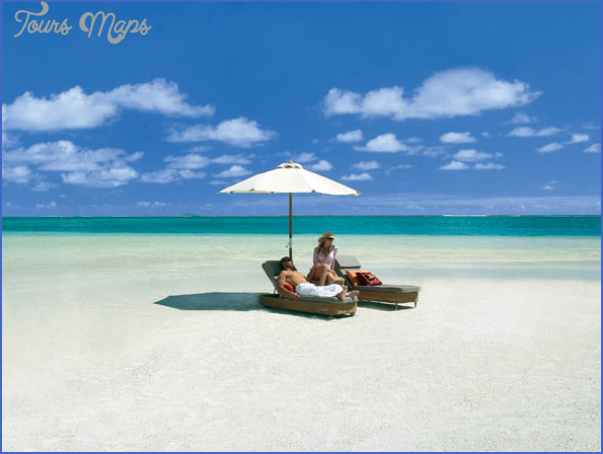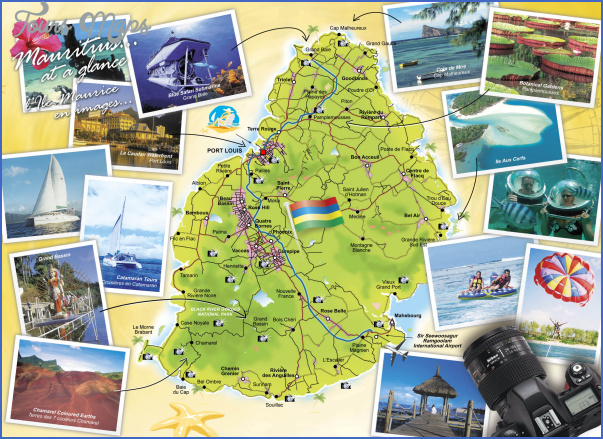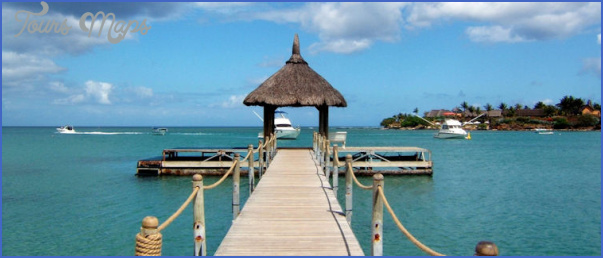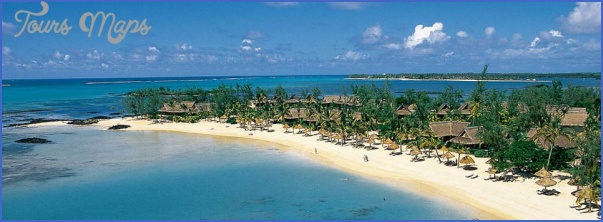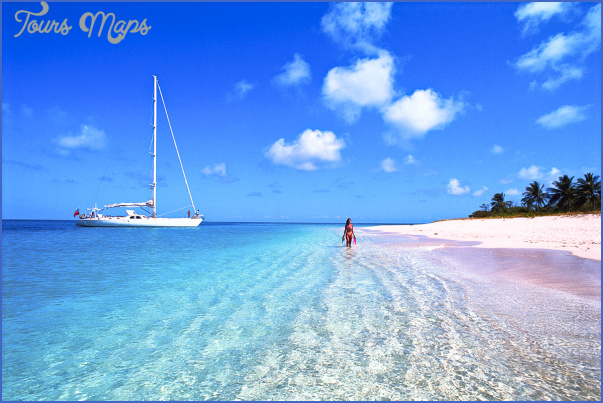Being the girl who never wears her dresses, I packed my bags two weeks ago with the few flowing, summery dresses I have, four bikinis and a couple of sarongs. I threw in a pair of heels for the balmy Mauritian-resort evenings and spritzed on a cloud of Dior J’adore. I latched the case and the excitement kicked in as the call came from the driver to take me to the airport. I was finally going to visit the island best known for luxury hotels on white-sand beaches with volcanic mountain backdrops, and mostly associated with honeymooners, which is possibly why it had taken me 37 years to get there. I was travelling with a group of journalists, and I was thrilled about visiting the place of my late grandfather’s birth. Aristide Charly Robert Lenferna de la Motte, my grandfather, was born in Mauritius on 3 March 1918.
By that time, his family had been resident on the island for 129 years, including 108 years under British rule. Hence his delightfully idiosyncratic personality: well read, well educated, schooled under the British education system, but first and foremost French. English was his second language and the Indo influence on the family’s Mauritian lifestyle was unmistakable. Thus Oupa possessed a delightful blend of French intellectual and social arrogance and British colonial pomposity, a combination indelibly spiced by India’s rich culinary traditions. He spoke French to the family poodle and reputedly knew how to cook an excellent curry or lentils with rice (dhal). And now I was about to experience the luxury of Mauritius with a big L, U and X. My first couple of days were to be spent at LUX Resorts Grand Gaube on the north coast (76 km from the airport). On arriving, I was greeted with a refreshing, cool towel and a glass of M©thode Cap Classique made by Cape Town’s Steenberg Vineyards especially for LUX resorts. The air was full of the sounds of music and the scent of frangipani.
I popped a bloom behind my ear and made my way to an exquisite sea-facing room to shower and have dinner at one of the three restaurants. The resort has views of the northern coast islets, three beaches and a serene lagoon. All rooms face the sea and are surrounded by beautiful gardens of banyan, coconut and filao trees. There are tennis courts, an outdoor cinema, a driving range, a kids’ club, an exquisite spa Enough to make you feel like you’d have no reason in the world to leave the resort. Except that you should. Once you’ve kicked into island mode, it’s worth venturing out to see what’s on offer from French colonial houses and lush forests to imaginative animal parks, Indian temples and botanical gardens, and opportunities to spot rare birds among soaring ebony trees or to swim with dolphins. The tourism hub is in the north around Grand Baie, which has the greatest concentration of hotels, beaches and entertainment. The east has the most celebrated hotels and stretches of arguably the most beautiful white-sand beaches, while the flat, calm beaches of the west coast are favoured by families. The green’ south is the island’s wilder, but perhaps more interesting, side. There are clutches of hotels in the south-east and more to be found squeezed onto calm stretches near pounding surf and clifftop walks in the south-west.
VISIT The capital of Mauritius, Port Louis, has a bustling bazaar that sells everything from curios to fruit and veg. Historic sites include the Citadel-Fort Adelaide (built in 1835 by the British to watch out for riots), while the Caudan Waterfront is good for local crafts. PLAY Mauritius is home to the oldest golf course in the southern hemisphere, at the Mauritius Gymkhana Golf Club, which dates from 1844. But possibly the most spectacular course of all is at Le Touessrok (Letouessrokresort.com). Designed by Bernhard Langer, it is set on the picturesque private island, Žle aux Cerfs. Being a novice, I tried my hand at a spot of golf on LUX’s Grange Gaube’s driving range. I think I may just take some lessons now that I’m home. I loved it.
EXPLORE From the Valley of Twenty-Three Colours, the sea cliffs at Gris-Gris home to the famous Roche Qui Pleure (The Crying Rock) to the Black River Gorges National Park, Mauritius is a great place to wander if you like to hike. Other highlights? The Saint Aubin Plantation, the geological beauty of Chamarel’s Seven Coloured Earths, and Ganga Talao a sacred lake in the crater of an extinct volcano. EAT Eating local’ in Mauritius is a global experience. For Mauritians, a fusion of French, Indian, Creole and Chinese peoples, a big table of food with the family is happiness. International restaurants are found at hotels and resorts, some of which feature celebrity chefs and Michelin stars.
If it’s fine dining you’re after, try One & Only Le Saint G©ran, where you can get a table at Spoon des Žles, Alain Ducasse’s first-ever venture outside France. At LUX Belle Mare is the restaurant Amari, opened by award-winning UK chef Vineet Bhatia, where you can experience the flavours of India served in minimalist opulence. Throughout the island there are plenty of dining options, try the varied and delicious local Mauritian cuisine at affordable prices. GET ACTIVE For all-year-round water sports you’re in the right place most resorts have lots to choose from. The Blue Bay marine park (south-east coast) will lift the spirits of even the most jaded snorkeller with its staghorn coral and brilliantly coloured butterfly fish. Head to southern Mauritius, to Le Morne peninsula, if you’re of a kitesurfing or windsurfing inclination. This is also dolphin territory: take to the emerald-green waters for close encounters in their natural habitat. Nearby, the wave-riding spot at One Eye is well known to windsurfers and kitesurfers worldwide.
Travel to Mauritius Photo Gallery
Maybe You Like Them Too
- Sanctuary Makanyane Safari Lodge SOUTH AFRICA
- Ruzizi Tented Lodge Akagera National Park, Rwanda
- Map of BOTSWANA – Mombo Camp BOTSWANA
- One & Only Nyungwe House RWANDA
- South Luangwa National Park Safari

